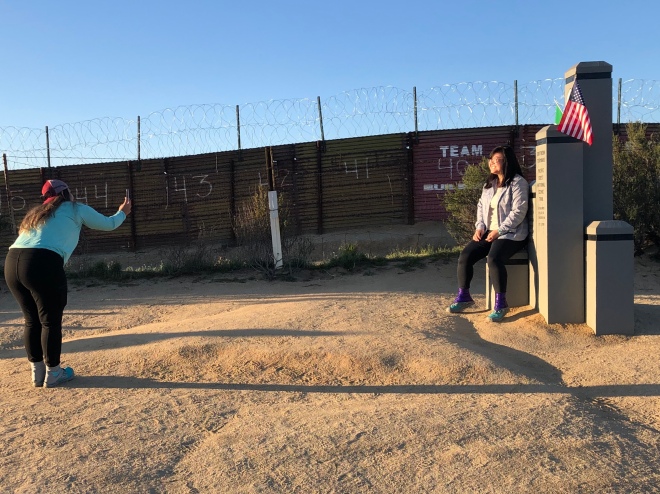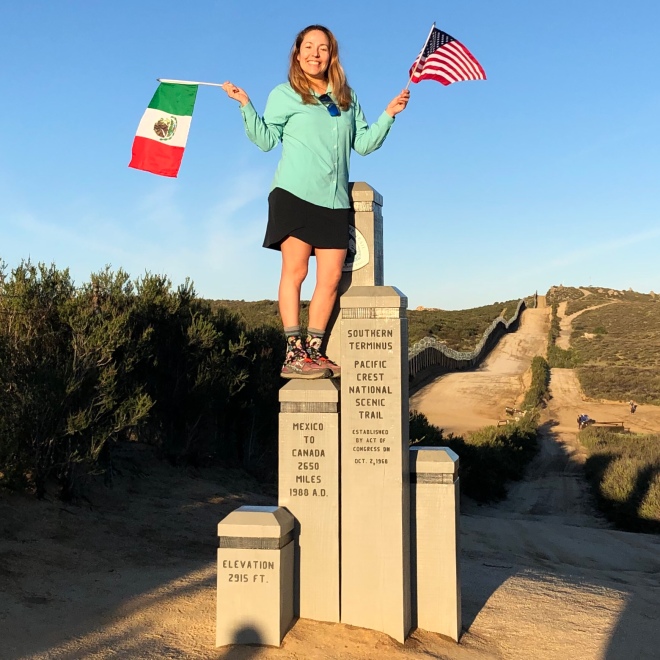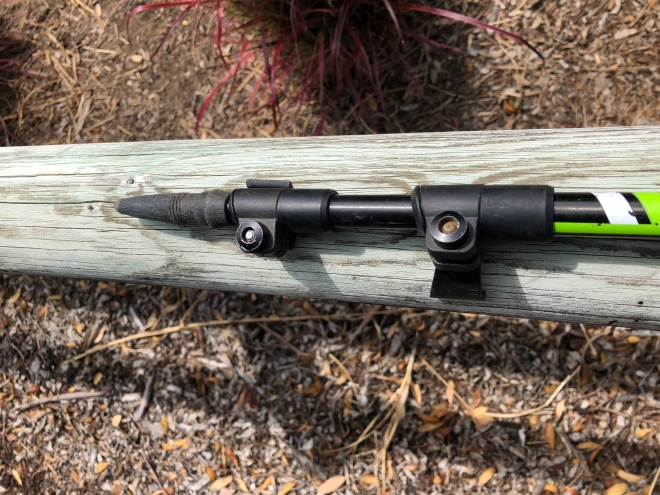The phoenix must burn to emerge.
– Janet Fitch
From Shelter Cover, we continued hiking north, crossing Highway 58 before climbing along a fairly steep, long incline toward the Rosary Lakes area. This is a region that actually contains a series of three lakes, one feeding into the others. The views here were incredible and we had clear, fresh air to enjoy.
Hiking in Oregon during late July and early August, was a perfect time to be there. The temperatures were in the upper 70’s or low 80’s, we didn’t experience a lot of humidity and ripe huckleberries abound. With so many lakes and ponds, we managed to either have lunch or camp overnight almost entirely by water. At Maidu Lake, a mile off trail, the water was so warm that even Patti ventured in. There was also the most incredible number of half-inch sized frogs leaping and jumping all around the banks. It was hard not to step on the little guys. Other lakes we enjoyed were Bobby Lake, Charlton Pond, Taylor Lake, among many more.
I was fascinated by one section-hiker’s itinerary/strategy on hiking the trail. He drives a truck towing a trailer that carries his scooter. He drives to his planned end-point, drops off his scooter, then drives the truck to the trail head and leaves it there. He does his hike to his scooter and then rides that back to his truck. As section hikers ourselves, we spend a lot of time figuring out how to get to and from our trail heads. This guy had it down.
One of the greatest things about the Pacific Crest Trail is the help hikers receive from complete strangers. This often takes the form of a hitch into town or a water cache left for thirsty hikers through a dry area. More commonly, however, trail magic includes these folks hanging out near a trail head and providing fresh food and drinks to the hikers as they pass by. At Charlton Pond, Patti and I were greeted by Hannah and “Sparkles” who was a hiker herself. It was late in the day, almost dark, in fact. But as we approached we saw an eager Hannah waving her hand, chanting “You Who” at us. Next thing we know we’re eating pancakes with lots of squeeze butter and maple syrup, chips and salsa, candy and drinking nice cold local beer. We gorged ourselves after a long day of hiking before setting up camp on the banks of the pond. Then, in the morning, before moving on, we were walking by the area that Hannah and Sparkles were camped at, only to be offered fresh eggs and fruit. The generosity of these trail angels, and all trail angels, is a testimony of how good people can be – something we can easily forget living our lives day-to-day. Hannah and Sparkles provided magic for four solid days, hauling their supplies and food, including ice and cans of beer, into the forest, to more than 80 hikers by the time were leaving. Their generosity was amazing. They would not accept our donation to help with their costs. This was entirely on them.
The impact of fire, past and present, was visible as we moved on. Patti and I saw these areas in different lights. Patti saw the near-baron landscape, but pointed to the small flowers and sprouting green grass as a sign of beauty, remembering that life restores itself in these burn areas. And while I understand that, I was more pessimistic by seeing only the devastation that the fires produced. I was often frustrated by the number of miles we hiked through burn areas, regretting that we were missing what the fires destroyed. This yin/yang between us is good. It gives us something to talk about. In the meantime, however, smoke from the current fires from the region returned and dogged us for the next several days.
Soon after this, we met up with a hiker mentioned in an earlier post, Tequila John. We hiked together for a few days before parting ways, at least temporarily (or so we thought). But not before having a long, hard day walking into Olallie Lake. The three of us were so happy to finally get there at the end of the day, we celebrated with beer and a late dinner. The facility is within a National Forest and has a general store but no restaurant. So, dinner was still trail food. But we all enjoyed a late night before heading to bed. The next morning, we had an 8-mile climb we weren’t looking forward to. I think the beers and camaraderie from the night help us for the climb, even if the cost was in hours of sleep.
Patti and I wanted to attend PCT Days in Cascade Locks on the weekend of August 18. This is a big annual event put on by the Pacific Crest Trail Association. So, we hitched rides to Cascade Locks that Friday, leaving Tequila John at Frog Lake at Highway 26. We made plans to meet him back at Cascade Locks on the following Wednesday after he hikes into town there on Monday. He would take two days off while Patti and I would return to Frog Lake and hike back to Cascade Locks. As I type this it all seems overly complicated, but it all made perfect sense when the plans were made. PCT Days is a time to meet vendors and gear manufacturers, see what’s new in the areas of hiking and outdoor sports, and to network with and learn from some of the elite in the field. We were also able to meet with the PCTA’s Jack Haskell. We had lots of questions and concerns about the smoke and fire we were hearing about in Washington. We were only about 60 miles short from the state border and we had concerns. The news was not good. New fires erupted in several areas in the state, smoke was reportedly heavy. Some of the trail was closed. In fact the last 60 miles of trail, leading up to and including the Northern Terminus of the trail, was now closed with no walk-around yet established. Many hikers were moving on hoping for the best. But Jack made several good points about not moving forward. We now had a lot to think about. There at Cascade Locks, the air was clear. In fact, it was a beautifully sunny and warm weekend. So, it was hard to image the smoke up north being so bad. However, living in Southern California, we know all too well the realities, and that is that these fires produce such heavy and potentially toxic smoke that it’s never a good idea to be sucking that in.
If fire and smoke had not chased us off trail, any one of some other reason may have led to the same decision. We began to see earlier in July that we may not be keeping our schedule. And as days passed, then weeks, our chances to catch up were diminishing. We were pretty sure by mid-July that we may not make it and decided that if we in fact couldn’t make it, we might consider leaving all of Washington for next year. Our schedule was more to do with getting off trail by mid-September to reduce our risk of getting caught in an early snow fall. Also, previous nerve injury to my neck that causes a lot of pain in my shoulder had began flaring up back in June and was a factor throughout the completion hike, so there was that, too. The final straw that gave us the impetus to make a final decision was the smoke, however, and Jack’s suggestion to come back next year and finish it then. I called Tequila John to let him know. He was on his way to Cascade Locks as planned. He decided to also get off trail and for the same reasons. His back was injured and he was tired of the smoke. We made future plans to connect next year to finish the trail together. This was his second attempt at a thru-hike. Next year, we will simply pick up where we left off.
After PCT Days, we hitched back down to Highway 26 to start our way back to Cascade Locks. Patti and I both were sad and quiet that day, hiking out. Our hike was drawing to a close for this season. And I know that I at least, continued to question our decision. But Patti bounded on, trying to be positive which helped me, too. And the following morning, we both agreed that it was going to be a great day and we would take our time to finish the last 55 miles we had to do. We even took the time to have hot coffee before we got up out of the tent and enjoyed it leisurely before pushing off. We would be approaching Timberline Lodge, a famous National Historical Landmark hotel. We planned to stop by to take a few pictures.
Very soon after getting out of the tent and over the first ridgeline, I began to realize that the air quality was diminishing. Soon after that the smoke began to move in. And by the time we got to Timberline Lodge, visibility was reduced to about 100 yards. I wanted to take sometime to sit and post our decision to leave the trail to Instagram. This was my effort, I suppose, to get the process started and to accept this was what we were going to do. I posted a picture of the smoke and explained our decision. Our health is more important than the hike.
After taking a few pictures, we put our packs back on. We wandered out to the trail. We began to hike. Within a quarter mile, perhaps even less, Patti said she was getting a headache. And I finally had an epiphany: if we aren’t doing Washington because of smoke, why are we hiking to Cascade Locks in smoke? We looked at each other. We sadly agreed that this was stupid. And then we found our way back to the lodge. Our decision had been reached.
After a quick lunch and a few phone calls, and using a borrowed magic marker and cardboard we dug out of a recycling bin, we made two signs:
SMOKEY PCT HIKERS
TO
PORTLAND
PLEASE!
Within 4 hours we were in Portland, showered and eating a nice home cooked meal at my friend’s home. It was not an easy decision to leave the trail. And we continue to miss it even after two weeks.
Moving forward, we plan on getting back to the trail next July. We’ll need about six weeks to complete the last 550 miles we have remaining. We will be trying to connect with Tequila John. Hopefully we can all make that work. I’ll be posting more pictures to Instagram (Instagram.com/mcshap). And over the next several weeks, I’ll be updating our pedometer readings, gear list and will post additional thoughts on our hike.
Lynn Shapiro






 The handles/grips are comfortable, made of a hard rubber. I find myself just cupping my hands over the top of the handles just as often as I use the formal grips. Comfort all around. There’s ventilation holes and my hands do not feel sweaty.
The handles/grips are comfortable, made of a hard rubber. I find myself just cupping my hands over the top of the handles just as often as I use the formal grips. Comfort all around. There’s ventilation holes and my hands do not feel sweaty.